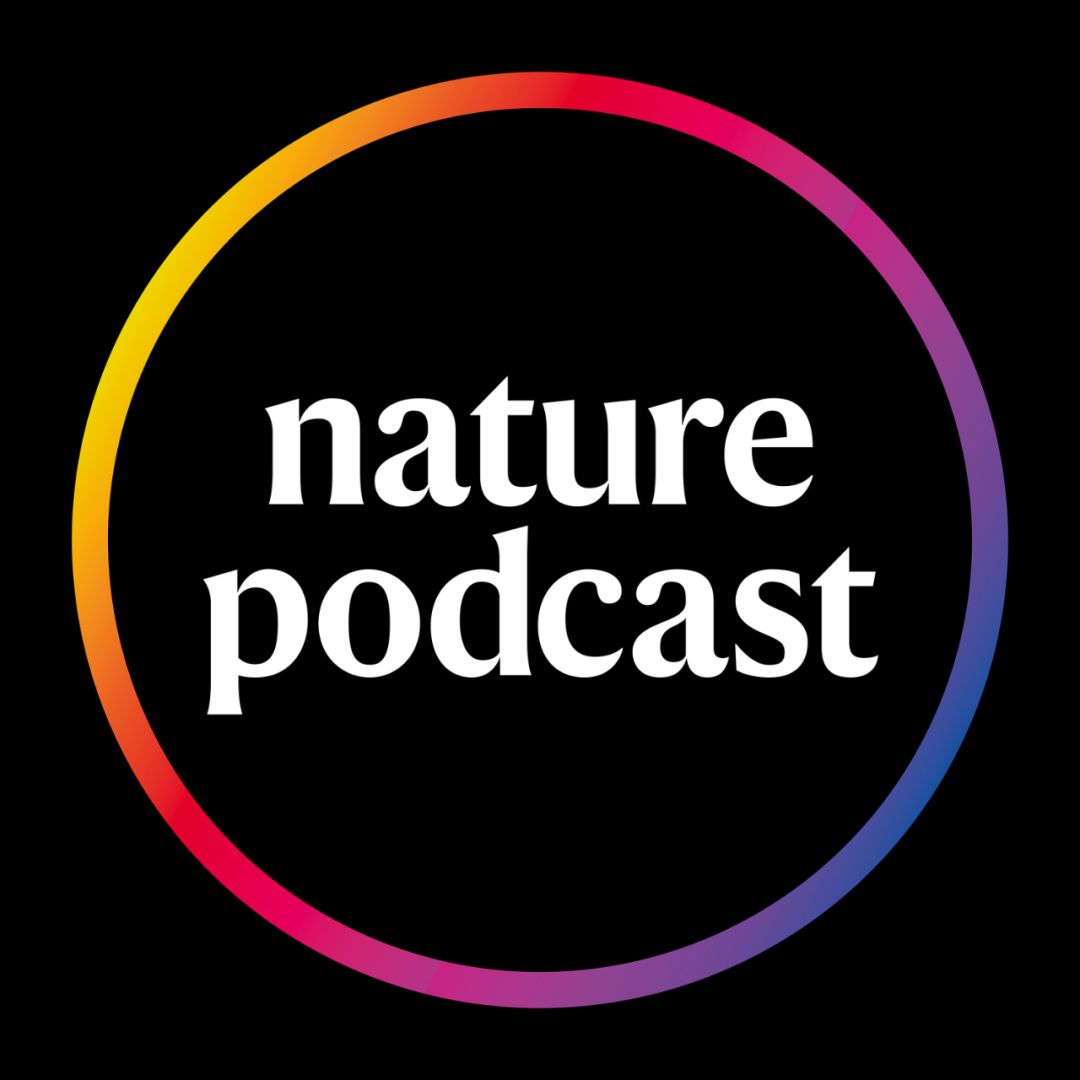科技工作者之家
科技工作者之家APP是专注科技人才,知识分享与人才交流的服务平台。
科技工作者之家 2020-02-09
来源:Nature自然科研

又到了每周一次的 Nature Podcast 时间了!欢迎收听本周由Benjamin Thompson和 Shamini Bundell 带来的一周科学故事,本期播客片段讨论关于澳洲山火的归因研究。欢迎前往iTunes或你喜欢的其他播客平台下载完整版,随时随地收听一周科研新鲜事。

音频文本:
Interviewer: Benjamin Thompson
Large parts of Australia have been ravaged by bushfires that have been raging across the country for months. These fires have been, for the want of a better word, devastating, and researchers are trying to work out what contribution climate change has played in them. One of these researchers is Sophie Lewis from the University of New South Wales, Canberra. Sophie lives in a Canberra, Australia’s capital city, located in the southeast of the country. For weeks at the back end of last year, the city was being choked by smoke from nearby fires, but over the holiday period, things escalated.
Interviewee: Sophie Lewis
So, on New Year’s Eve, really, really thick smoke started pouring into Canberra and settling over the city, so on New Year’s Day, it felt apocalyptic. There was a really thick orange haze. Visibility was terrible. There was very little going on in terms of people, animals. Usually, in my suburb, we have kangaroos hopping around happily, we have birdlife, and it was desolate. There was nothing here.
Interviewer: Benjamin Thompson
For many people in Australia, this has been a troubling time.
Interviewee: Sophie Lewis
It was scary. I was really scared and so was my partner, and we made a pretty rapid decision that one of us, at least, was going to get our young daughter out of the situation. So, I flew out to Hobart to spend some time with family there and my partner stayed in Canberra to ready our house for the catastrophic fire weather that was being forecast for the days after New Year’s.
Interviewer: Benjamin Thompson
Thankfully, Sophie’s home was safe.
Interviewee: Sophie Lewis
To date we haven’t lost any houses in Canberra. We have some really fantastic work going on here by our emergency service agencies, and they’re doing a great job of getting people to get their bushfire plans ready, providing information about where is safe to be. We’re very, very lucky that we haven’t been impacted by those fires. We know lots of people on the south coast of New South Wales around that time and they spent time in evacuation or relief centres. They faced really scary situations. So, we’re lucky in that respect, but it’s just been exhausting. Yesterday I spent the afternoon trying to work while listening to emergency service announcements and looking at what was going on with the wind and the smoke to see if we needed to start preparing to leave our home.
Interviewer: Benjamin Thompson
Australia experiences seasonal fires every summer and there have been huge ones in the past, but Sophie describes this season’s fires as unprecedented.
Interviewee: Sophie Lewis
We have had big bushfires before, in the past, but none that have really occurred on the scale we’re talking about. We’re talking about fires over huge areas and for many months. They haven’t gone out yet. There has been quite favourable weather in the last week or two, and our fire services have done a great job of using that period to try and contain some of these fires, but what we’ve experienced has never occurred before in what’s been observed for Australia.
Interviewer: Benjamin Thompson
The current and ongoing fire season began in September 2019 and has seen more than 10 million hectares of land burnt across the country. To try and put that into context, it’s an area over twice the size of Switzerland. So far, over 30 people are known to have lost their lives, thousands of homes have been lost, and some estimates suggest that a billion animals have been killed. At a global level, there are a number of process which have combined to contribute to the severity of this year’s fire season. Here’s Nicky Phillips, Nature’s Asia-Pacific Bureau Chief.
Interviewee: Nicky Phillips
There are very natural processes that drive Australia’s bushfire risk. We’re in the middle of a drought, and drought is usually a factor in how severe our bushfire seasons are. Another natural factor that we had against us this year was this thing called the Indian Ocean Dipole and that’s kind of basically a difference in sea surface temperatures in the ocean, and when it’s in its positive phase, it reduces the amount of rainfall over southern and northern Australia. And then as if we didn’t need it, this year also there’s a phenomenon above Antarctica where these polar winds were kind of affected and changed direction, which, in the end, resulted in more kind of hot and dry weather over Australia. So, we had all these natural processes going on, but on top of all that, we’ve also got climate change.
Interviewer: Benjamin Thompson
Last year was Australia’s driest and hottest on record and, understandably, people want to know what role climate change is playing in the fires. Linking extreme events to climate change is known as attribution science – something we’ve covered on the pod before. By modelling multiple factors, researchers are able to offer an idea of whether an event was made more likely or more serious by climate change. Take the extreme heatwave in western Europe last year – researchers suggested that this spell was made at least ten times more likely by human-induced climate change. Sophie, who you heard from earlier, works on attribution science. Last year, she published a paper linking 2018 fires in northeastern Australia to climate change. Unlike heatwaves, fires are difficult to perform attribution studies on, partly due to their complexity. Here’s Sophie again.
Interviewee: Sophie Lewis
We can have a really hot day in Australia, a scorcher, and we don’t have a bushfire because there’s so much more that goes into it. We need ignition, so that could be anything from a powerline failure, it could be a lightning strike, but we also need conditions to be primed in the environment for that fire so we need dry conditions, in terms of the fuel load and the fuel moisture content, we need winds to sustain the fire, we need, usually, low humidity, so there’s lots of different factors that go into that event, so it’s not as straightforward as looking at a heatwave, even though there’s also complexity in the weather that we experience with our heatwaves.
Interviewer: Benjamin Thompson
Sophie is now part of a group led by researchers in Europe who have turned their attention to the current bushfire season to examine the role of climate change on the bushfires. The team first need to define the timeframe and location they’re going to focus on, which is tricky given the scale of the fires. Then they’ll then run a huge number of simulations to determine the influence of climate change on individual factors, like temperature or humidity, and its effect on all of these factors combined. Nicky’s been looking into this group’s work for a feature in this week’s Nature and she explained their approach.
Interviewee: Nicky Phillips
The reason they’re doing it that way is because the researchers that I’ve been talking to are fairly confident that they’ll be able to see that climate change influenced the extreme temperatures because we know the globe is warming, but we don’t know whether climate change is influencing the other factors that go into extreme fire danger, like the wind and the humidity and that sort of thing, and so they’ve got to look at them separately and together to see whether they can get a picture of the contribution of climate change to an event like we’ve seen this year.
Interviewer: Benjamin Thompson
The team are hoping to publish their results soon, and Sophie hopes that attribution studies like this will help people plan for future events.
Interviewee: Sophie Lewis
If a study finds that climate change made a bushfire in northern Australia and Queensland more likely, that’s really important information for people who are making planning decisions about our future because places like that aren’t necessarily well set up for these fires. In southern Australia, we have very sophisticated responses in terms of emergency services and management. We have teams of volunteers who are trained and ready to go, but that’s not necessarily the case in places where fires are occurring where they didn’t before. So, the hope is that that information will then be used and available to anyone who’s at the frontline of those events.
Interviewer: Benjamin Thompson
Climate change discussions in Australia are fiercely politicised, and there’s a recent editorial in Nature calling for the country’s leaders to act in the face of overwhelming evidence and public opinion. I asked Nicky about the mood among the climate scientists she spoke to.
Interviewee: Nicky Phillips
At least the ones in Australia feel that our government isn’t doing enough to address the factors that are contributing to climate change. They did warn us. Some of the first studies saying that climate change would make fire seasons worse in Australia came out in 1981. In 2008, a government report said that the fire seasons would start earlier, end later and be more severe, so I think there is an element of ‘you’ve been warned’.
Interviewer: Benjamin Thompson
That was Nicky Phillips. You also heard from Sophie Lewis. You can read Nicky’s feature, which talks more about fire attribution studies and the situation in Australia, over at nature.com/news.
Nature Podcast每周为您带来科学世界的全球新闻故事,覆盖众多科研领域,重点讲述Nature期刊上激动人心的研究故事。我们将话筒递给研究背后的科学家,呈现来自Nature记者和编辑的深度分析。在2017年,来自中国的收听和下载超过50万次,居全球第二。
↓↓iPhone用户长按二维码进入iTunes订阅

↓↓安卓用户长按二维码进入推荐平台acast订阅

点击“阅读原文”访问Nature官网收听完整版播客

来源:Nature-Research Nature自然科研
原文链接:http://mp.weixin.qq.com/s?__biz=MzAwNTAyMDY0MQ==&mid=2652567327&idx=2&sn=8b34b6af2a0e57d082e3d8cb9eaae548&chksm=80cd5991b7bad08701073c131c59a6eedc29d34085b74052afae4ccca5ceb71edd4f24e987f7&scene=27#wechat_redirect
版权声明:除非特别注明,本站所载内容来源于互联网、微信公众号等公开渠道,不代表本站观点,仅供参考、交流、公益传播之目的。转载的稿件版权归原作者或机构所有,如有侵权,请联系删除。
电话:(010)86409582
邮箱:kejie@scimall.org.cn

猪年祝你发Nature~

“复苏”大脑| Nature Podcast

蒲慕明院士:建设世界一流期刊关系学术创新的发言权

魏勇等-Nature Astronomy:中国的行星探索路线图

合成“胚胎” | Nature Podcast

大型恒星比想象的更多

自组装,问鼎Nature!
吉大Nature Mater.、南开Nature Catal等最新学术文章




Science/Nature,Yaghi/武汉大学邓鹤翔Nature Chem.

中科院位列2018自然指数榜单全球十大科研机构首位